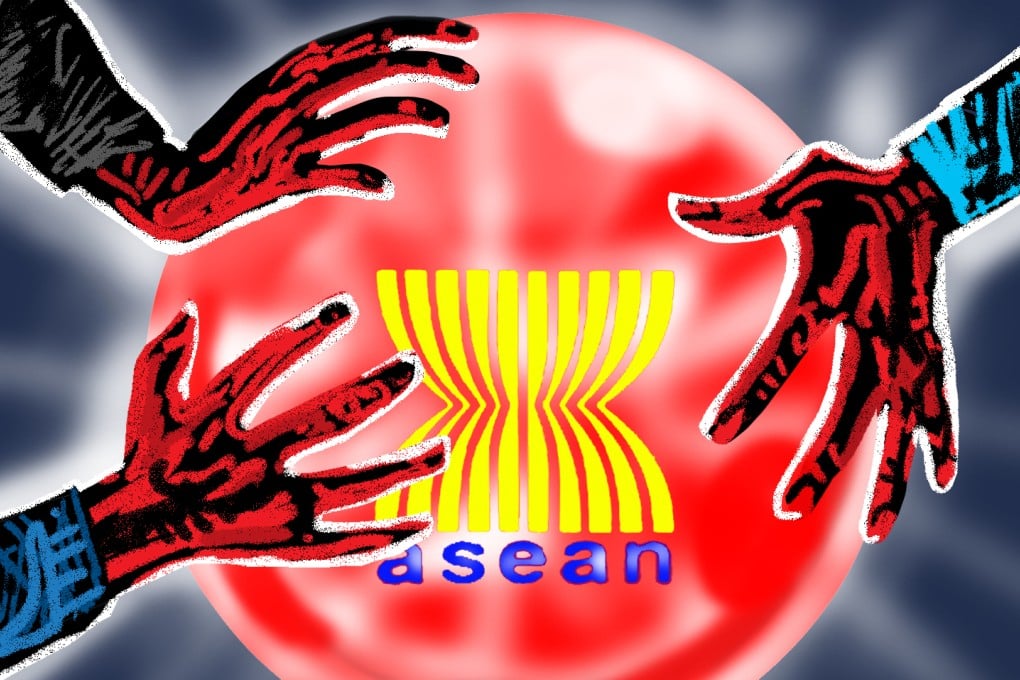How both domestic politics and great power competition will shape Asean’s fortunes in 2016
Simon Tay says 2015 was a challenging time for Southeast Asia, but a better integrated and more united Asean can play a central role in the wider region


There is not much that smaller countries can do to directly change these tectonic trends. There is every danger, instead, that countries in Southeast Asia, in particular, will face great pressures amid the increasing push and pull among the great powers.
Yet they are not blank pieces of paper on which a great power can write at will. There are domestic politics that matter, and these will be clearly evident in the year ahead in a number of key countries. Consider Indonesia and Thailand, the region’s two largest economies, and Myanmar, which has emerged as a promising “frontier” market.
READ MORE: Asean launches EU-style economic bloc - but will it work?
Indonesia must hope the year ahead will be better. While economic growth has remained at 4-plus per cent, it has slowed, and the nation’s macroeconomics remain relatively weak, as reflected in the rupiah. Given the flat-to-poor outlook for the resource sector, moving ahead with infrastructure and industrialisation is key to growth and job creation.

The fires and haze pollution – and 2015 was one of the worst fire seasons ever – are an emblem of further problems. It is estimated that Indonesia has lost some US$22 billion in economic production and health care, while millions of people have suffered in the provinces, both in Indonesia and in neighbouring countries. As the fires release heavy loads of climate change gases into the atmosphere, negative international attention will also grow unless the issue is effectively addressed in the year ahead.

With slower growth, the trend is for narrow nationalism to seek to preserve markets for the locals, rather than integrating with neighbours
